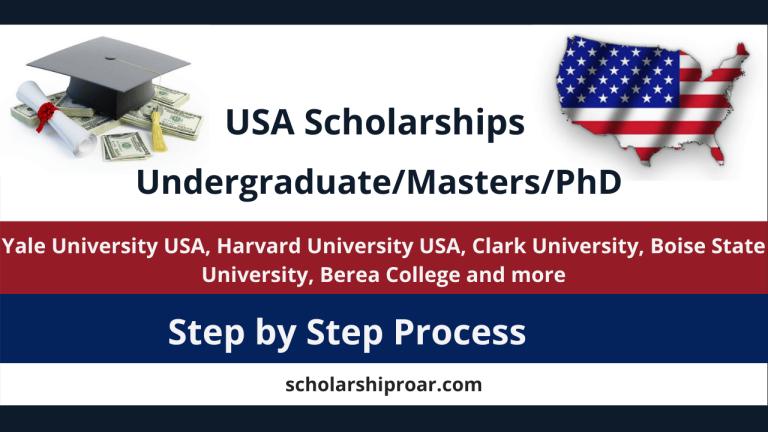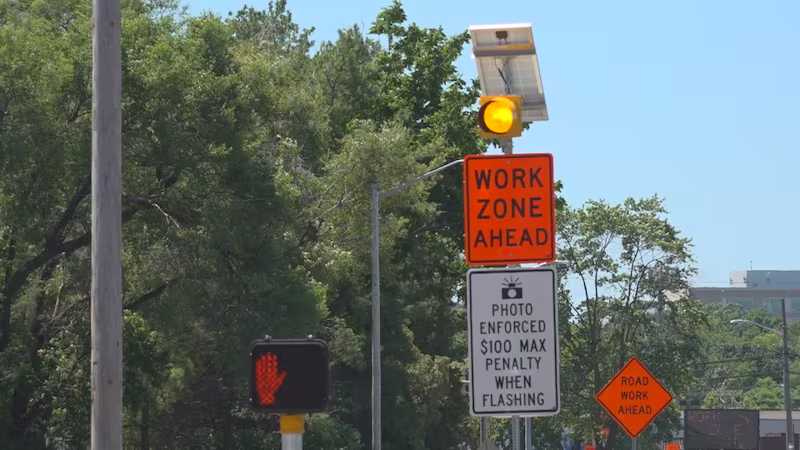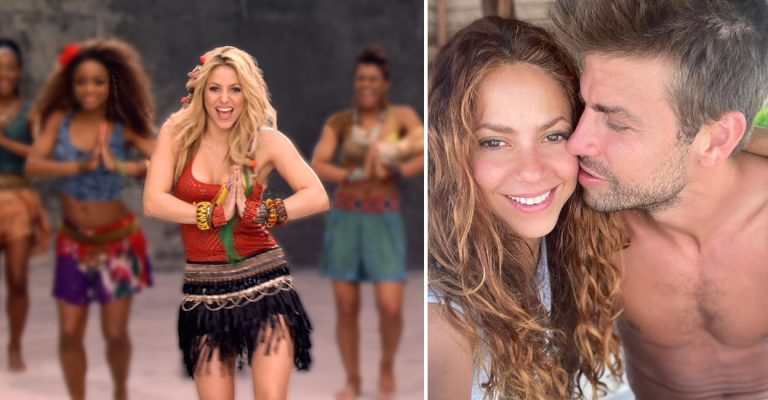How to Evaluating Website Design Effectively
Website Design Effectively is crucial for any business aiming to succeed online. A well-designed website not only attracts visitors but also engages and converts them. In this guide, we will delve into the essential aspects of website design evaluation, providing actionable tips and insights to help you enhance your website’s performance. From understanding the basics to optimizing for SEO and accessibility, this comprehensive approach ensures your site meets and exceeds user expectations.
Table of Contents
Understanding the Basics of Website Design Effectively
Before diving into the specifics of evaluating a website design effectively, it’s essential to grasp the foundational elements of website design. These include:
- Layout: The arrangement of elements on a page.
- Color Scheme: The combination of colours used throughout the site.
- Typography: The style, arrangement, and appearance of text.
- User Interface (UI): How users interact with the website.
- User Experience (UX): Users’ overall experience when navigating the site.
A well-designed website balances visual appeal and functionality, creating a seamless user journey from when visitors arrive.
Also Read: How to Remove eSIM from Android Phone
First Impressions
First impressions are formed in milliseconds and can significantly impact user engagement. To evaluate this aspect:
- Visual Appeal: Does the website grab attention for the right reasons?
- Clarity: Is it immediately clear what the website offers?
- Professionalism: Does the layout appear clean and uncluttered?

A visually appealing site communicating its purpose sets the stage for a positive user experience.
Usability
Usability is the backbone of a successful website. Key questions to ask include:
- Navigation: Is it easy to find what you’re looking for? Are menus intuitive and clearly labelled?
- Content Clarity: Is the content easy to understand and relevant to the user?
- Readability: Is the text legible, with appropriate font size and contrast?
A usable website reduces bounce rates and increases user engagement by making it easy for visitors to find what they need.
Mobile Responsiveness
With over half of global internet traffic coming from mobile devices, mobile responsiveness is necessary. Evaluate this by:
- Viewing the Site on Various Devices: Ensure text and images scale appropriately.
- User-Friendly Navigation: Check that navigation remains intuitive on smaller screens.
A responsive design ensures accessibility and usability, regardless of the device used.
Also Read: How to Clear Your Windows Delivery Optimization Cache
Loading Time
A slow-loading website can deter visitors and hurt your SEO. Improve loading times by:
- Optimizing Images: Compress large images.
- Minifying CSS and JavaScript: Reduce file sizes.
- Using a Content Delivery Network (CDN): Speed up content delivery.

Google’s PageSpeed Insights can help you evaluate and improve your site’s loading time.
Content Quality
Content is the voice of your website, communicating your brand’s message and value. To evaluate content quality:
- Clarity and Relevance: Is the content well-written and free of errors? Does it provide value to the reader?
- Organization: Is the content structured to enhance readability, using headings, bullet points, and images?
High-quality content engages visitors and encourages them to spend more time on your site.
SEO and Semantic Relevance
Search Engine Optimization (SEO) is critical for your website’s visibility. Evaluate your SEO effectiveness by checking:
- Use of Keywords: Are relevant keywords naturally integrated into the content?
- Meta Tags and Descriptions: Do these accurately summarize the content and entice users to click?
- Alt Text for Images: Are images described accurately, aiding accessibility and SEO?
- A well-optimized site improves search engine rankings and attracts more visitors.
Accessibility
Ensuring your website is accessible to all users, including those with disabilities, is not just good practice but a necessity. Evaluate accessibility by:
- Colour Contrast: Ensure text is readable against background colors.
- Keyboard Navigation: Verify that the site can be navigated using a keyboard.
- Alt Text and ARIA Labels: Use descriptive text for images and interactive elements.
Tools like the Web Accessibility Evaluation Tool (WAVE) can provide insights and recommendations for improvement.
Conversion Optimization
The ultimate goal of most websites is to convert visitors into customers. Evaluate conversion optimization by examining the following:

- Calls-to-Action (CTAs): Are they prominently placed and persuasive?
- Form Simplicity: Are forms easy to complete, asking only for necessary information?
- User Flow: Is the path to conversion clear and unobstructed?
Effective conversion optimization ensures that users can complete desired actions with minimal friction.
Gathering User Feedback
User feedback is invaluable for understanding how real users perceive and interact with your website. Gather feedback through:
- User Surveys: Use tools like SurveyMonkey or Google Forms to collect insights.
- Usability Tests: Observe real users navigating your site to identify pain points.
Analyze feedback to uncover patterns and prioritize improvements based on common suggestions.
Frequently Asked Questions
Q: What is website design evaluation?
A: Website design evaluation analyses a website’s visual and functional aspects to ensure it meets user needs and business goals. This includes assessing usability, aesthetics, mobile responsiveness, loading times, content quality, SEO, and accessibility.
Q: Why is evaluating a website design important?
Evaluating a website design is crucial for identifying strengths and weaknesses, improving user experience, and boosting SEO. Regular reviews help ensure the site remains practical, relevant, and user-friendly.
Q: How often should I evaluate my website design?
Regular evaluations are recommended, ideally every six months or whenever significant updates or changes are made. This helps keep the site aligned with evolving user expectations and technological advancements.
Conclusion
Evaluating a website design effectively requires a holistic approach, considering aesthetic and functional elements. By focusing on usability, mobile responsiveness, loading times, content quality, SEO, accessibility, and conversion optimization, you can create a website that attracts visitors and engages and converts them. Regular evaluations, informed by user feedback and best practices, ensure your website remains a powerful tool for achieving your business goals.
For more detailed insights on website design and evaluation, check out resources from Google and W3C. By diligently applying these principles, your website can become a beacon of excellent design and user experience.







